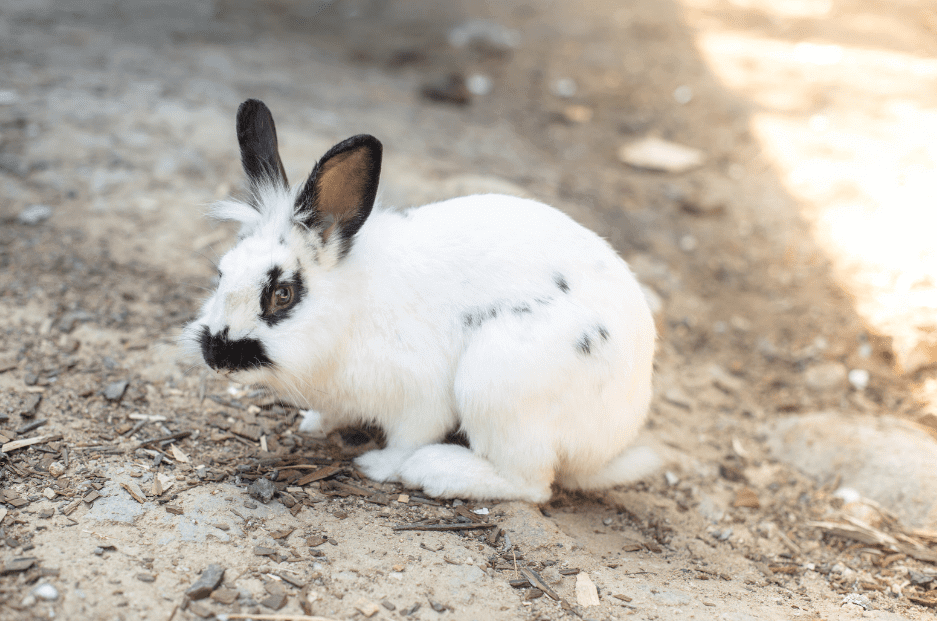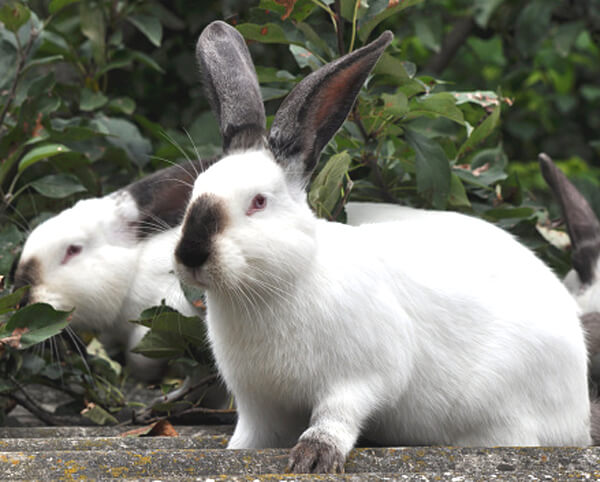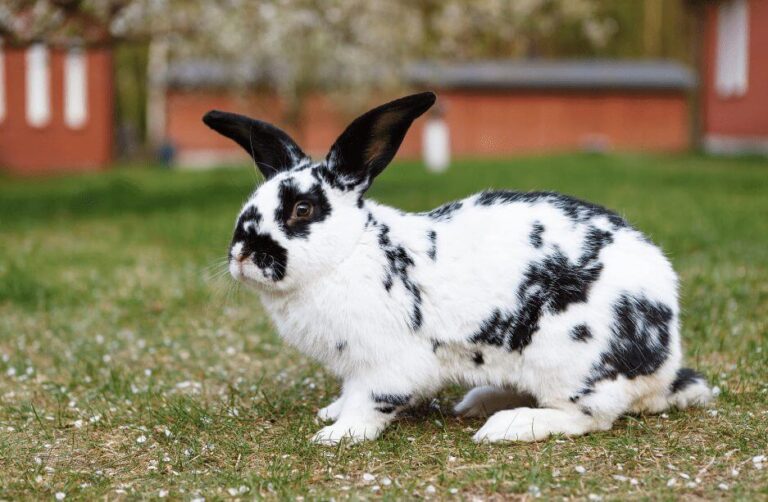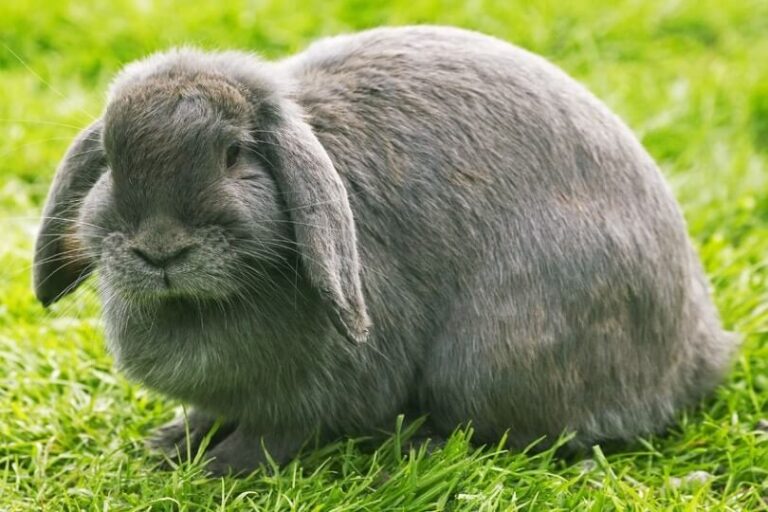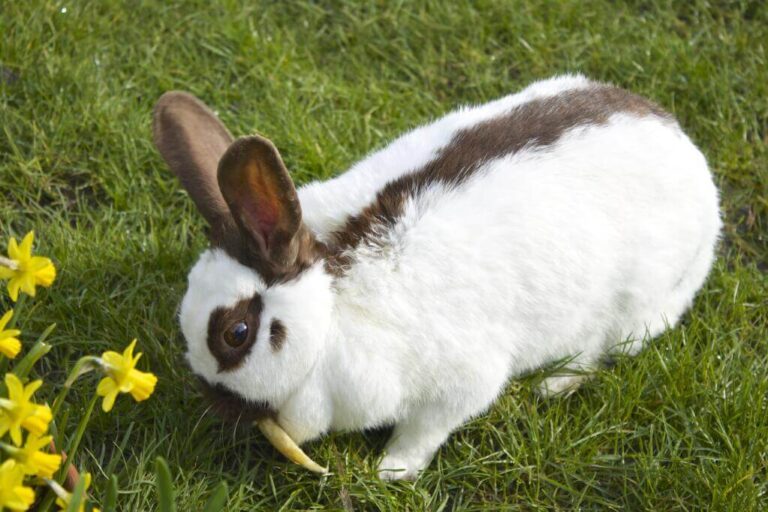Himalayan Cat Rabbit Breed: Care, Characteristics, and Compatibility
The Himalayan rabbit, known for its striking resemblance to Himalayan cats, is a unique breed cherished for its distinct markings and gentle demeanor. If you’re considering welcoming one of these adorable companions into your home, it’s essential to understand their care requirements, unique characteristics, and compatibility with families.
Contents
Size and Appearance:
The Himalayan rabbit is a small breed, typically weighing 3 to 5 pounds. Its cylindrical body shape sets it apart, giving it a distinct silhouette reminiscent of its feline namesakes. Its short, silky fur adds to its charm, and its markings include dark ears, front feet (socks), hind feet (boots), and a dark nose. These markings may change with age and environmental conditions.
Temperament:
One of the Himalayan rabbit’s most endearing qualities is its gentle and docile temperament. These rabbits are known for their calm nature, making them ideal companions for families, seniors, or individuals seeking a friendly pet. They enjoy human interaction and can be easily socialized from a young age.
Health Considerations:
While generally healthy, Himalayan rabbits require regular monitoring to ensure their well-being. They may be susceptible to health issues such as flystrike and overgrown teeth. Flystrike occurs when flies lay eggs on the rabbit’s skin, leading to potential skin infections. Overgrown teeth can cause discomfort and hinder their ability to eat properly. Regular veterinary check-ups and a balanced diet are essential for maintaining their health.
Lifespan:
The average lifespan of a Himalayan rabbit ranges from 4 to 5 years. With proper care and attention to their specific needs, they can live happy and fulfilling lives as beloved companions.
Dietary Needs:
A well-balanced diet is crucial for the health and longevity of Himalayan rabbits. Their diet should consist primarily of high-quality hay, which helps wear down their continuously growing teeth and aids in digestion. Additionally, they require a mix of fresh vegetables, leafy greens, and pellets to ensure they receive essential nutrients. It’s important to avoid feeding them foods that are high in sugar or harmful to their digestive system.
Family Compatibility:
Himalayan rabbits are well-suited for families of all ages. Their gentle nature and tolerance make them excellent pets for children, seniors, or anyone seeking a low-maintenance companion. With proper socialization and handling, they can form strong bonds with their human family members and thrive in a loving home environment.
Trainability:
While rabbits may not be as easily trainable as other pets, Himalayans are intelligent animals that can learn basic commands and behaviors. With patience, consistency, and positive reinforcement, they can be taught to respond to their name, use a litter box, or even walk on a leash. Early socialization and gentle handling play a crucial role in their trainability and overall well-being.
Conclusion
In conclusion, the Himalayan rabbit breed offers companionship, charm, and a gentle presence to any household. By understanding their care requirements, unique characteristics, and compatibility with families, you can provide them with a loving and nurturing environment where they can thrive and bring joy to your life for years to come.
Frequently Asked Questions about Himalayan Cat Rabbit Breed
What is the Himalayan cat rabbit breed?
The Himalayan cat rabbit breed is a unique rabbit known for its distinctive markings, which resemble those of Himalayan cats. It has a cylindrical body shape and short, silky fur.
What are the unique characteristics of Himalayan rabbits?
Himalayan rabbits have dark markings on their ears, front feet (socks), hind feet (boots), and nose. These markings may change with age and environmental conditions.
What is the temperament of Himalayan rabbits?
Himalayan rabbits are known for their gentle and docile temperament. They are calm, friendly, and enjoy human interaction, making them ideal pets for families and individuals alike.
What are the health considerations for Himalayan rabbits?
While generally healthy, Himalayan rabbits require regular monitoring for health issues such as flystrike and overgrown teeth. Flystrike occurs when flies lay eggs on the rabbit’s skin, leading to potential skin infections.
What is the lifespan of Himalayan rabbits?
The average lifespan of a Himalayan rabbit is 4 to 5 years. With proper care and attention to their specific needs, they can live happy and fulfilling lives as beloved companions.
What are the dietary needs of Himalayan rabbits?
Himalayan rabbits require a well-balanced diet consisting primarily of high-quality hay, fresh vegetables, leafy greens, and pellets. It’s important to avoid feeding them foods that are high in sugar or harmful to their digestive system.
Are Himalayan rabbits compatible with families?
Yes, Himalayan rabbits are well-suited for families of all ages. Their gentle nature and tolerance make them excellent pets for children, seniors, or anyone seeking a low-maintenance companion.
Can Himalayan rabbits be trained?
While not as easily trainable as some other pets, Himalayan rabbits are intelligent animals that can learn basic commands and behaviors with patience, consistency, and positive reinforcement. Early socialization and gentle handling are key to their trainability.
- Golden Retriever Pros and Cons: What Every Pet Parent Should Know - 15 September 2025
- Cane Corso Dog Breed: Health, Care, and Lifespan - 14 September 2025
- Catahoula Leopard Dogs: Description, Temperament, Lifespan, & Facts - 21 July 2025

